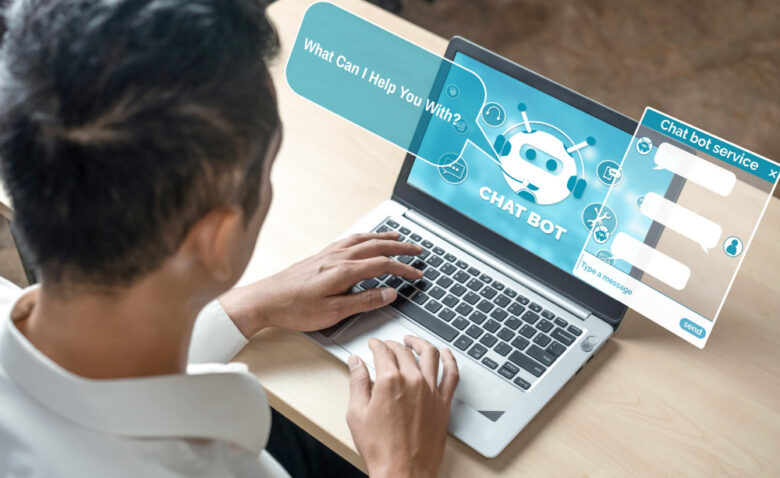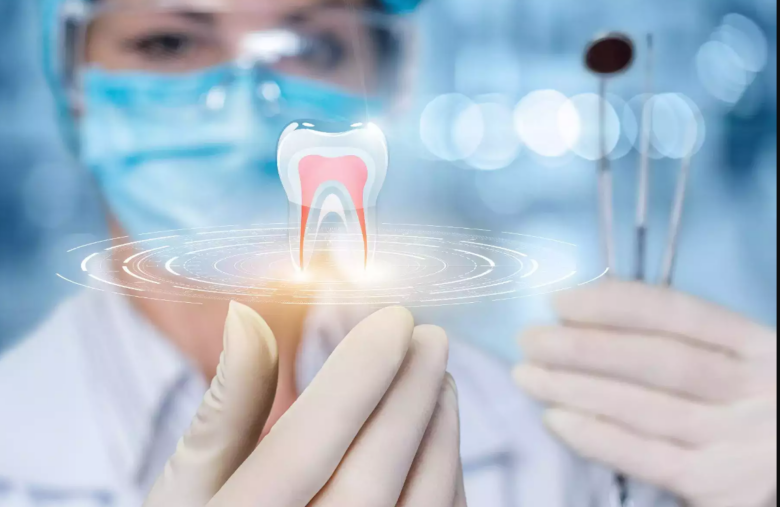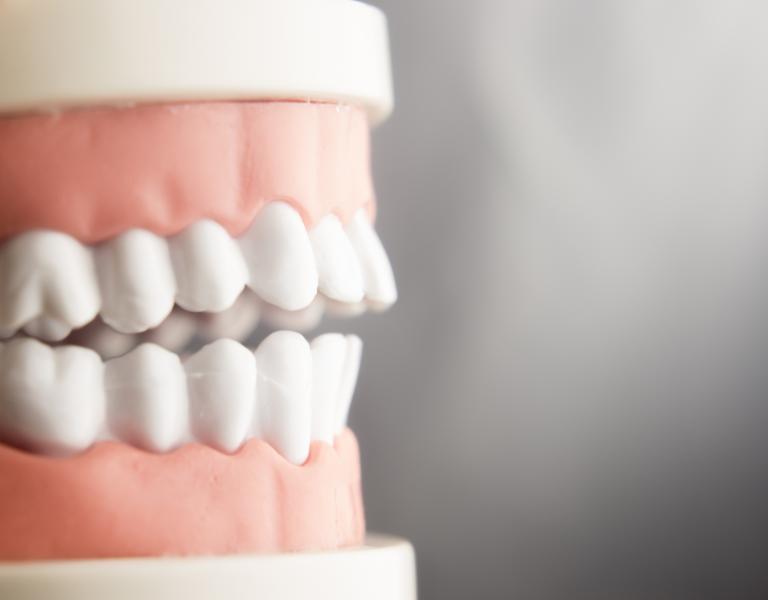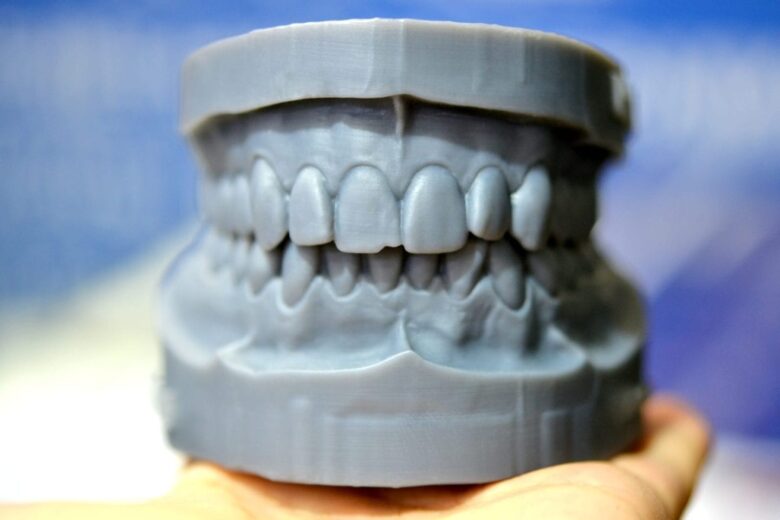Gone are the days when everything at a dental clinic, right from booking an appointment to getting the payment invoice, was done manually. In this era of automation, practices across the country are embracing the multifaceted benefits of dental software.
Staying true to the rising demand, even the dental practice software has undergone more than a few changes in the last couple of years. So, what are the next major trends and upgrades coming up in dental practice software? Let’s find out!
1. Growing use of tele dentistry in the face of the pandemic

The demand for telemedicine has been consistently increasing for the past couple of years. However, the pandemic accelerated this demand like no other. As patients remained stuck to their houses, they started looking for ways to keep up their dental appointments. Thus, the dental practice software had to not only accommodate tele dentistry features, but also include ways to facilitate the process for both dentists and patients.
2. Changes in the way patient communication takes place
The modern-day dental software is expected to enhance patient communication like no other. Thus, offering online forms for patient onboarding is just the beginning. They want the kind of communication that they can fit into their daily routine, such as text messages, mobile apps, and emails.
Practices don’t want their staff to call up each patient individually to remind them about their upcoming appointment. The staff already has other responsibilities. So, they want the software to handle the line of communication with the patients.
3. Relying on chatbot functionality for faster responses

Almost every other website has a chatbot these days. Why should dental websites be left behind? Chatbots are an upcoming trend in the industry as more sites are relying on it for faster resolution of patient queries.
The software interface with chatbot features can help answer the basic questions of the patients. At the same time, it can connect patients to an actual representative if the query needs a more detailed answer.
4. Cloud-based software with dedicated patient portals
In a bid to remain technologically advanced, dental practices continuously update and replace their equipment and machinery. It includes the laptops and tablets that are used for daily operations. Thus, cloud-based software suits them better than any other option.
In addition to that, there has to be a dedicated patient portal for easy onboarding of the patients. Dentists are emphasizing even more on the need for such a portal because it helps them drive greater patient engagement.
5. Accessing advanced analytics for better decision-making

When it comes to making critical decisions about the practice, the importance of advanced analytics can never be undermined. Thus, the demand is for software interfaces like tab32 that can help monitor the revenue channel and deliver relevant insights.
Of course, the importance of the software for administrative and operational tasks is undeniable. But that’s not all a practice asks for from it’s chosen software. It has to ensure greater value through offering real-time analytics.
6. Maintaining data warehouse for business intelligence
Data is no longer something that is accumulated and assessed only by the big corporate houses and mega businesses. Dental practices pay as much attention to the storage and analysis of huge data sets because it drives clinical care and business outcomes. Therefore, data warehousing is definitely one of the biggest upgrades noticed in the current software interfaces.
7. Tooth Remineralization

The next big thing in dental software is tooth remineralization. This technology is used to help rebuild the tooth’s enamel, which can become damaged over time. Tooth remineralization can also help to prevent cavities and other tooth problems. This technology is still in its early stages, but it has the potential to revolutionize dental care. If it proves effective, it could be used to treat a wide range of dental problems, from cavities to periodontal disease. The most important thing is that it could help people keep their teeth healthy for a lifetime.
An interesting side note is that tooth remineralization is already being used in some toothpastes. These pastes contain fluoride, which helps to remineralize the teeth. However, these pastes are not as effective as the new software. Toothpastes can only help prevent cavities, while the new software can reverse the damage already done to the teeth.
8. Augmented Reality
The next big thing in dental software is augmented reality. This technology can revolutionize the way dentists work by allowing them to see inside a patient’s mouth without having to make a physical incision. Augmented reality can also be used to provide real-time feedback on procedures, which can help improve accuracy and efficiency. The technology is still in its early stages but has great potential to improve the dental industry.
9. 3D Printing

Another big trend in dental software is 3D printing. This technology can be used to create custom dental prosthetics, which can significantly improve the comfort and function of a patient’s smile. 3D printing is also used to create custom dental implants, providing a more natural-looking, longer-lasting solution for tooth replacement. This technology is still evolving, but it has great potential to change the way dentists treat their patients.
10. Digital Dentistry
Digital dentistry is the next big thing in dental software. This new technology allows dental professionals to create, view, and manage digital dental models and images. Dentists can now access patient records worldwide, view 3D models of teeth and jaws, and create custom treatment plans. This new technology also makes it easier for dental labs to fabricate crowns, bridges, and other dental prosthetics.
Digital dentistry is quickly becoming the standard of care in dental offices worldwide. Many insurance companies are now covering the cost of digital dental procedures. As more dentists adopt this new technology, the cost of digital dental procedures is expected to decrease.
The Bottom Line
The next big thing in dental software will likely move towards cloud-based solutions. This would allow practices to access their data and applications from anywhere and could provide several other benefits such as lower IT costs and increased flexibility.


